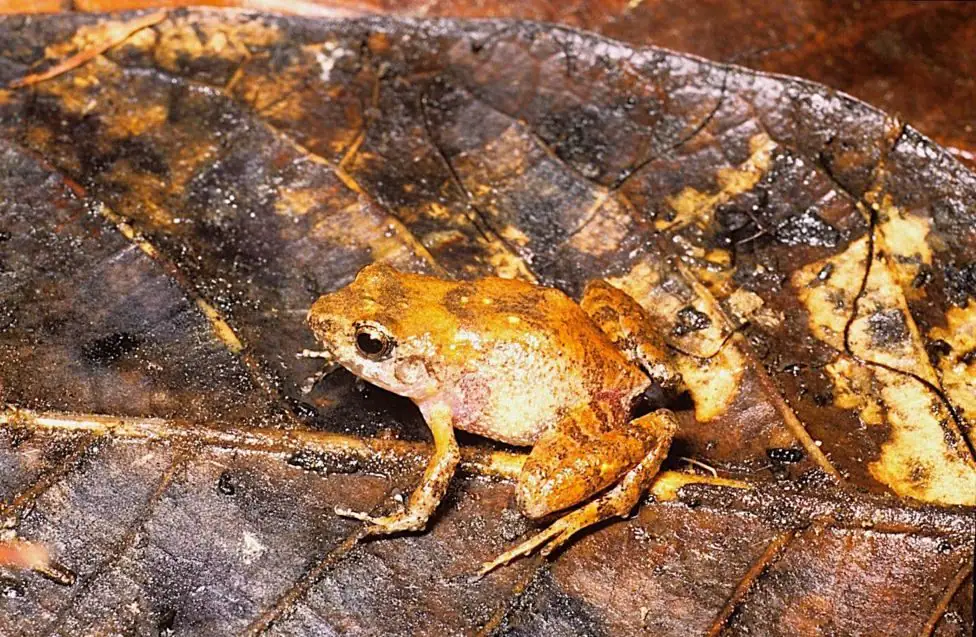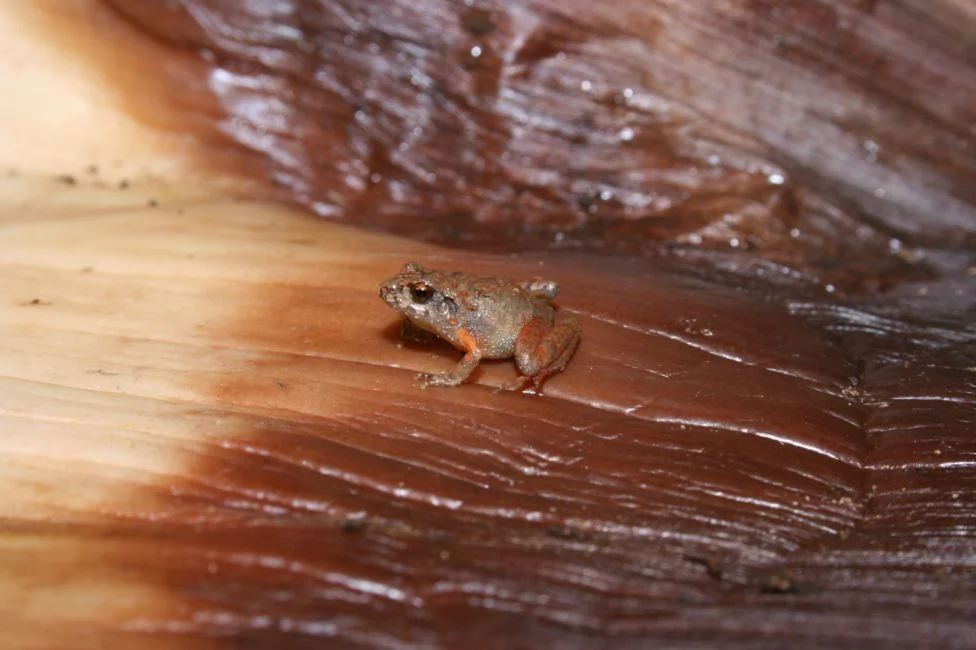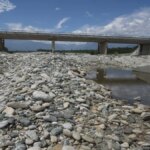Six new species of tiny frogs were discovered in the forests of Mexico
These tiny frogs are among the smallest in the world and do not exceed 15 millimeters. They were hiding in plain sight in the collections of the Cambridge University Museum of Zoology but had never been identified.
Craugastor Rubinius on a Mexican 10 pesos coin / Eric Smith, the University of Texas at Arlington
Six species of tiny frogs, which do not exceed 15 millimeters, have been discovered by an international research team who first described them despite hiding in plain sight in the collections of the Zoology museum of the University of Cambridge in the United Kingdom. United. Small creatures are part of a genus called Craugastor and they are very difficult to distinguish from each other because they are very similar to each other. Spotted and collected in the forests of Mexico had been labeled as Unknown Craugastorperhaps belonging to the species Craugastor pygmaeus o Craugastor hobartsmithiitwo other types of Mexican frogs, but until now researchers had not been able to figure out exactly which species they belonged to.
New genetic analyzes, which examined about 500 specimens of frogs from museums around the world, made it possible to verify in detail the similarity of their genes with those of other species and to identify the six new species. The results of the research, published in detail in the scientific journal Herpetological Monographshave suggested that there may be many other unclassified species in Mexico, especially in the Sierra Madre de Chiapas and on the slopes of the Sierra Madre del Sur and the Transmessican Volcanic Belt that make up the Balsas River watershed.
Tiny frogs with a huge ecological role
The newly identified species are very interesting for many reasons, the researchers say. "What I think is so fascinating about these frogs is their small size - said Tom Jameson, a researcher in the Department of Zoology at the University of Cambridge and the University Museum of Zoology, who led the study. When these creatures are this small, they stop behaving like frogs and don't play the role of normal frogs in an ecosystem. Rather, they have an ecological role much more similar to that of insects”.
Thousand species of microbes discovered in Tibet's glaciers: 82 percent are unknown

Craugastor bitonium /Eric Smith, the University of Texas at Arlington
According to scholars, the six new species, all smaller than a coin when fully developed, likely evolved to such size to be able to live in the undergrowth of forests. "Living in this moist forest leaf litter ecosystem offers a number of benefits for an animal, giving access to prey hidden in its depths and shelter from predators, with high humidity to keep them from drying out. - added Jameson -. Some of the frogs in this group (e.g. the widespread Craugastor pygmaeus) they are potentially hyper-abundant, with many millions of specimens filling the leaf litter of the forests in which they live.
It is therefore huge biomass, which makes these frogs incredibly important in the food chain, potentially forming the basis on which the entire forest ecosystem is built. Many other animals will use them as a food source: lizards, small mammals, birds, other frogs, and even insects. Without these frogs, the entire ecosystem would collapse”.

Craugastor cueyatl (cueyatl means "frog" in one of the indigenous languages of Mexico Nahuatl) / Eric Smith, the University of Texas at Arlington
Some of the newly identified frogs can be found only in a small town in Mexico. “They are likely microendemic, which means they are found only in a small area. This means that if this area is destroyed or damaged, for example by deforestation or pollution, the entire species could be extinct. Jameson points out. In this sense, as part of the work, the team identified the areas where these species are found.
"This means that we can tell if the species already have a certain level of protection or if they are completely deprived of it. And, based on this information, we recommended the expansion and connection of existing protected areas and the formation of new protected areas.”.
The new species have been named Craugastor bitonium, Craugastor candelariensis, Craugastor cueyatl, Craugastor polaclavus, Craugastor portilloensis e Craugastor ruby. The latter, in particular, takes its name from the mines located on the slope where the frogs live. Therefore, Jameson concluded, expanding even one of these mines could wipe out these frogs forever.
Reference: Wikipedia



